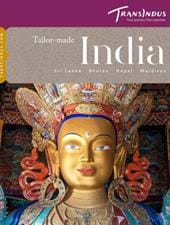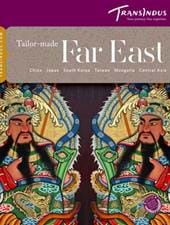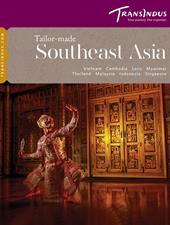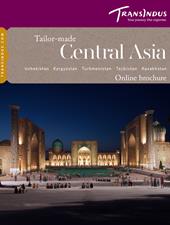Lying halfway between Tokyo and Kyoto, Izu Hanto is a historic and scenic peninsula dotted with charming ryokans (traditional inns). At its southern tip is Shimoda, where American Commodore Perry first forced Japan open to trade with his kurofune (black ships) in the mid-19th century. At its heart lies Shuzenji, an ancient hot spring town founded by Buddhist figurehead Kobo Daishi 1,200 years ago. Izu boasts spectacular coastal views, a fascinating history and the best beach to be found in this region of Japan.
Izu is also renowned by Japanese blossom followers as the first place to see it bud each year. Due to its relatively southerly location, microclimate and a particular variety of blososm, the trees along the river at a certain point on the southern tip are blooming with pink by late February. The blossom season begins in late March in the rest of Japan, so our tip is to travel in February which is otherwise low season and a lot less crowded than spring.
Izu has some modern hotels, but we really recommend staying in one of the charming 'ryokan' traditional character properties here. Some of our favourites have been handed down the family line and welcomed guests for generations. What the staff lack in English-speaking skills is more than compensated for by the delighful 'omotenashi' standards of hospitality. 'Kaiseki' luxury multi-course traditional dinners are included, to be enjoyed after a long soak in their revitalising hot spring baths.








